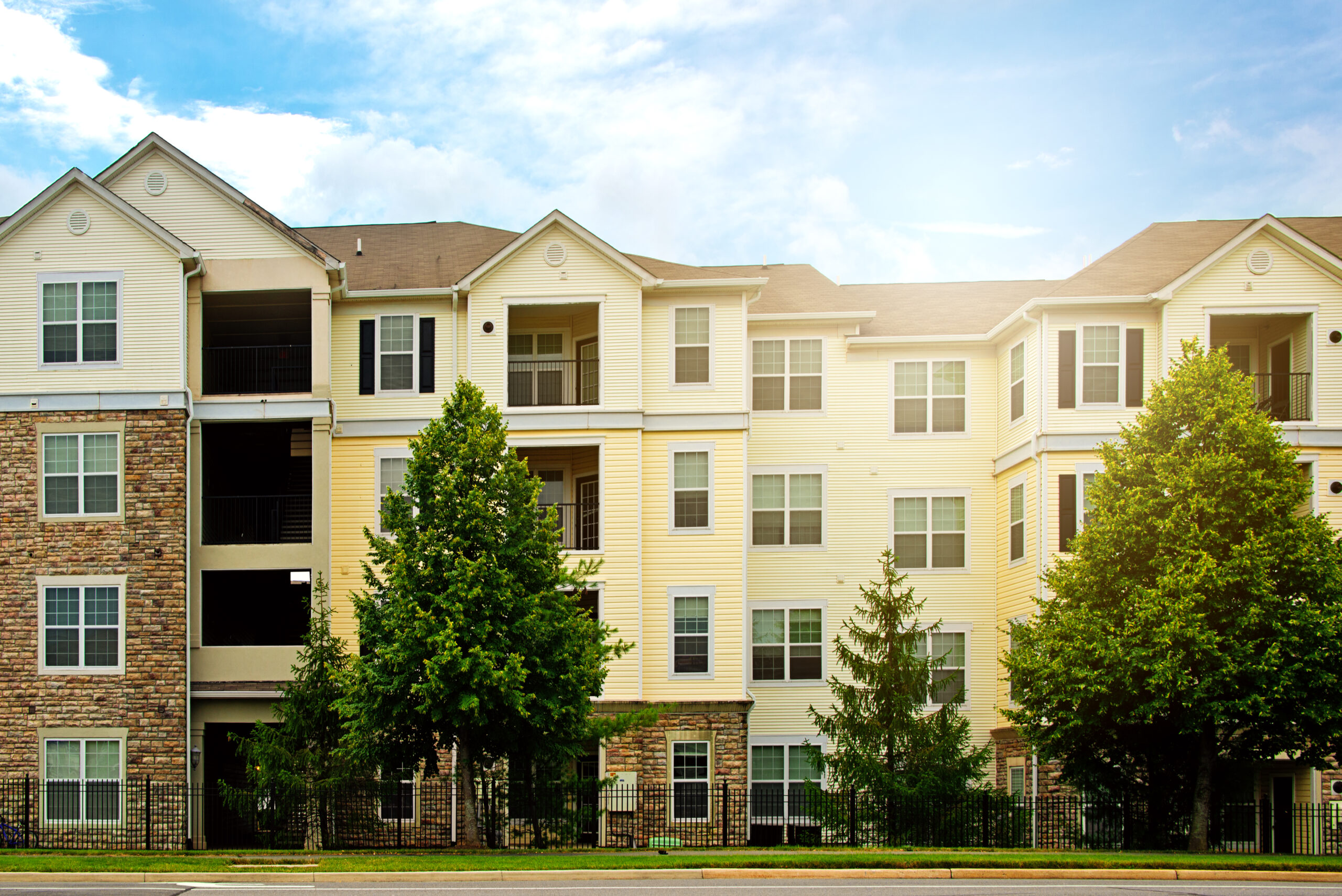
Value Add vs. Stabilized Properties – How are they valued? – by Jason Punzel
As brokers, we sell both value add and stabilized properties and often times investors ask us how are they valued. To begin with, for a property to be considered “stabilized”, it’s census and monthly (daily) rates must be similar to other properties in the market. For example, if market occupancy is 92% and the average private pay rate for assisted living is $3,500/month, and if the property that is being analyzed has an occupancy of 93% and average rate of $3,400/month, the property would be considered stabilized. In this case, the best way to determine its value is by using the Capitalization Rate method. This involves using the Net Operating Income of the property (NOI) and dividing it by the Cap Rate. If a property has an NOI of $1,000,000 a year and the typical Cap Rate for this type of property is a 7.5%, then the property’s value would be $13,333,000. This is a very straight forward method of analyzing the value of a property.
Where valuing a property becomes more challenging is when the property is not stabilized at the current market occupancy and rates. For example, if a property is 100% occupied with an average monthly rate of $3,500, one might assume that it will be hard to maintain a 100% occupancy on a going forward basis, and therefore will reduce the revenue in their analysis to an amount closer to market occupancy, thus reducing its NOI and price from its current state.
Likewise, if a property has an occupancy rate below market, for example 75%, the NOI of the property is probably very low or may even be negative. However, the property still has value. Depending on the quality and location of the property, it may have the potential to achieve a market occupancy rate, and therefore be worth significantly more than simply using the Cap Rate method to determine its value. A new owner must identify what changes need to take place (capital expenditures, a new marketing plan, a new administrator, etc.), along with the time, cost and likeliness of success to determine the potential future net operating income. Typically, we see properties that are operating significantly below the market getting sold at a price somewhere between its current state (current NOI/Cap Rate) and its future value (potential NOI/Cap Rate). The new buyer must be rewarded for solving problems and taking the risks involved in turning around a property. However, the current owner will not sell unless they think they are getting a fair price for giving up the future upside.
Conclusion:
Senior Living Investment Brokerage, Inc. works with both sellers and buyers on stabilized and non-stabilized facilities and has a long track record of selling both types of facilities.
For more information about the value of your senior living communities, please contact Jason Punzel at 630-858-2501 x 233 or punzel@slibinc.com.



